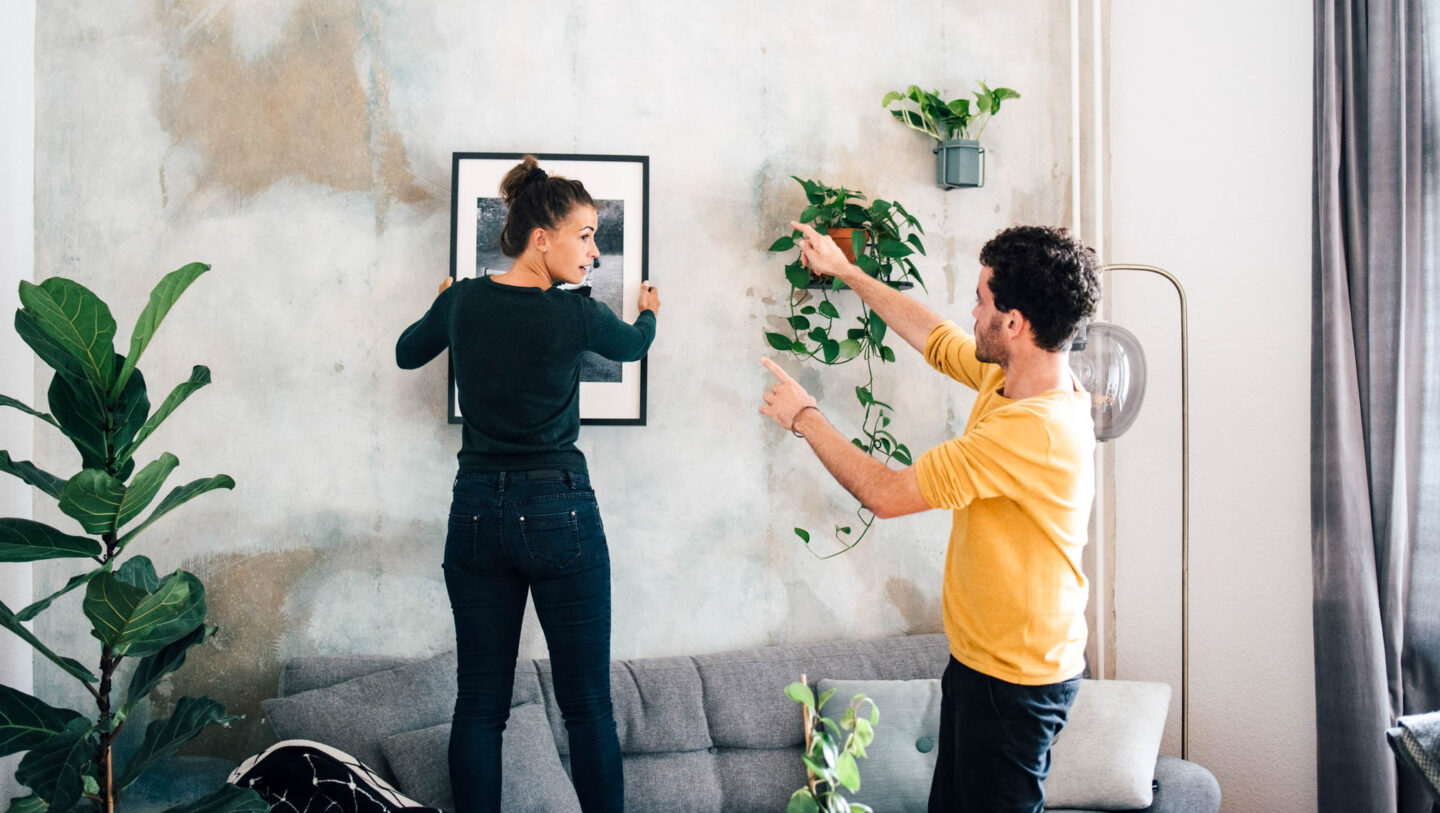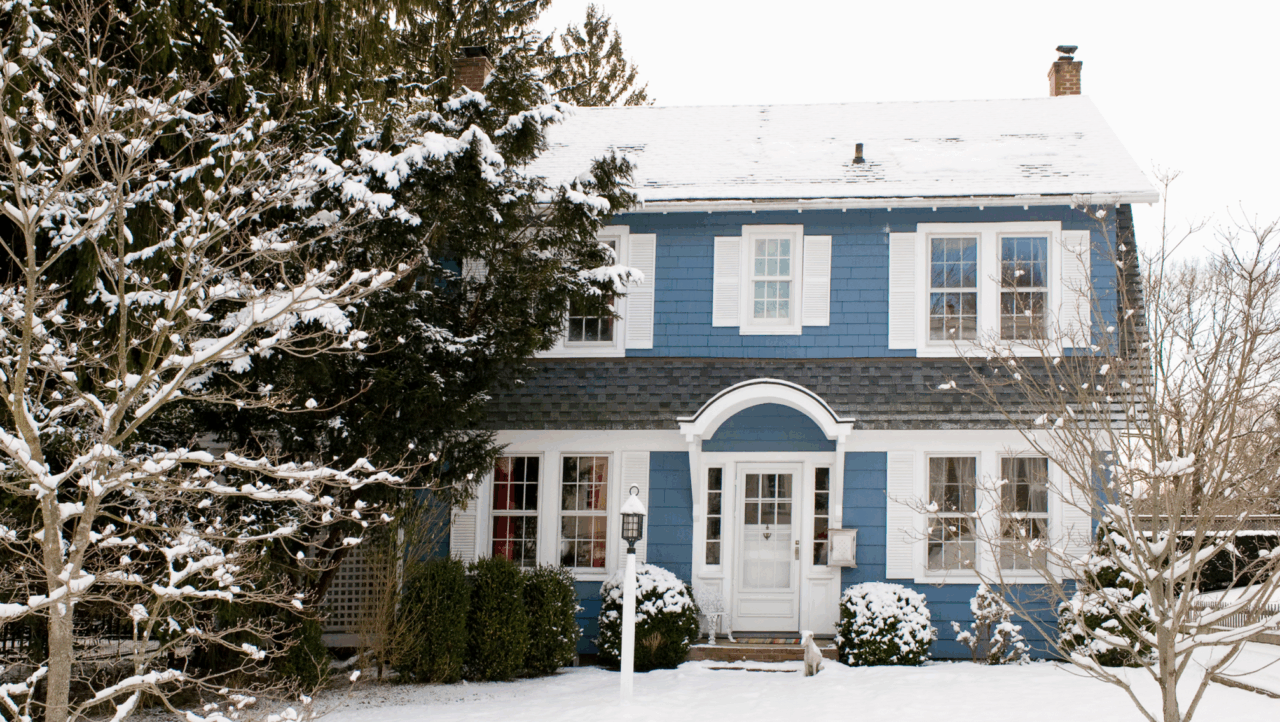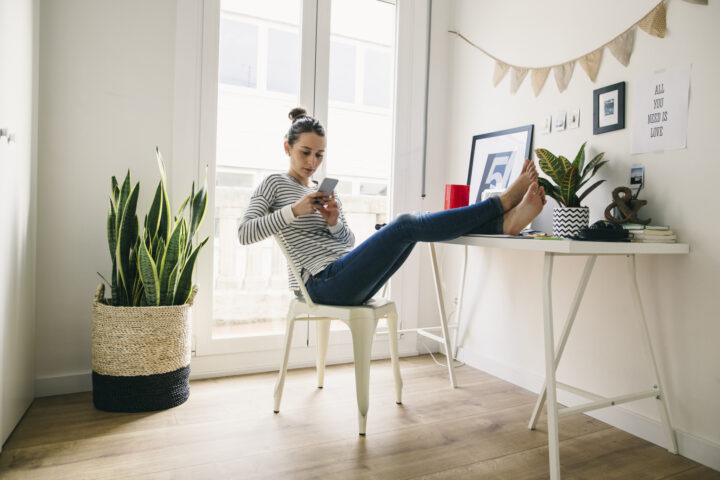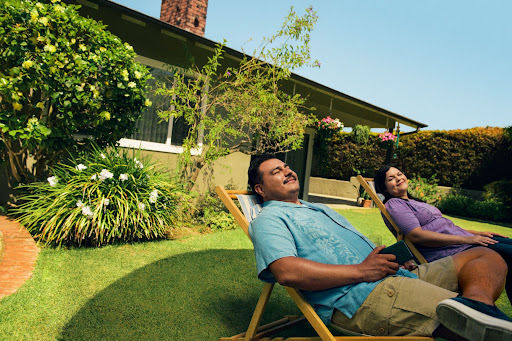Tips for Staging an Empty House
Home staging is a popular strategy, but is it worth the time and expense? Read our guide to find out.


Written by Tali Bendzak on November 26, 2019
In this article:
- What is staging a house?
- Degrees of home staging
- Do staged homes sell faster?
- Do empty houses sell faster?
- Costs of staging an empty home
- Is home staging necessary?
- Advantages of home staging
- Disadvantages of home staging
- Staging an empty home
Many real estate agents will tell you they think staging is a key component to a successful home sale. And sellers tend to agree. According to the Zillow Group Consumer Housing Trends Report 2018, 74 percent of sellers that use an agent stage their homes themselves or have their agent or someone else do it. But if you’re in a hurry to sell, or if you’ve already vacated your house, what kind of staging do you need to meet the demands of today’s buyers?
Overall, 28 percent of buyers rank staging as extremely or very important to their home search. But among younger buyers, staging is more important — 40 percent of Generation Z and 39 percent of millennials see staging as extremely or very important when buying a home.
What is staging a house?
Staging a house is the process of physically preparing a house before listing it for sale, with the goal of making it appeal to the widest pool of buyers. Whether you stage on your own or use a professional staging company, the aim is to create a clean but cozy atmosphere that allows buyers to recognize the home's best features without being distracted by the seller's belongings.
Staging includes more than just furniture and decorating. Depending on the state of your home, it may also include decluttering, painting, doing repairs and deep cleaning.
Degrees of home staging
Home staging can take various forms, depending on your financial investment, how much prep time you have, and whether you currently live in the home or have already vacated.
Full-service or vacant-home staging
With full-service staging, a professional stager brings in their own furniture to either furnish an entire home or supplement the few items still there. This works best for sellers who have already completely (or mostly) moved out. In some cases, sellers move most of their belongings into storage to make way for the professional staging setup.
Keep in mind that some stagers won't work with sellers who are living on the premises, due to wear and tear on their furniture, some of which may be rented.
Live-in home staging
In this increasingly popular arrangement, the seller has moved out, but a temporary tenant moves in, bringing their own furnishings and staging the home as they live in it. As part of the deal, the tenant maintains everything, cleans thoroughly, and makes the home warm and welcoming before showings.
This arrangement is more common in high-end homes or for vacation properties, where the seller lives too far away to do all the work related to keeping a house showing-ready. The tenant typically pays reduced rent in exchange for their work, and the staging company coordinating the process takes a cut of the sale price.
Partial home staging
In partial home staging, a seller hires a professional stager who can provide a variety of services. For example, they can simply consult on changes the seller should make, rearrange furniture and decorative items, or stage a single room. In this situation, the seller may still be living in the home but is moved out or in the process of decluttering and packing.
Virtual home staging
In virtual home staging, the seller hires a professional to create virtual staging just for the listing photos. This kind of service appeals to sellers who already vacated their home but don't want the expense of bringing a lot of furniture and decor back in.
DIY home staging
This type of home staging is minimal and completely up to the seller. It generally includes cleaning and decluttering, rearranging furniture, and making a few small changes like new hardware or decor. Typically the seller is still living in the home and using their own furniture for staging.
No staging — just cleaning and polishing
When the budget is tight, some sellers forgo staging furniture and decor to focus on the home itself — deep cleaning, handling repairs, repainting or sprucing up the landscaping.
Do staged homes sell faster?
With today's open-concept layouts, staging can be an important tool in helping buyers visualize how a home's living area is best used. If a buyer just tours a large, empty living room, it's hard for them to picture a useful layout, so staging can help paint a picture.
According to the Real Estate Staging Association, unstaged homes spend an average of 184 days on the market before selling. But homes staged prior to listing sold in just 23 days — 8 times faster.
Do empty houses sell faster?
If you're wondering if it's better to sell a house empty or staged, the answer is usually staged — or at least partially staged, in most markets. If you don't stage an empty house, you risk the following:
The defects are more obvious
Without furniture and decor to distract the eye, buyers are more likely to spot things like wall dings, carpet stains, or other signs of wear and tear.
The home feels uninviting
Empty homes can seem cold and unwelcoming, because they don’t have that friendly lived-in feel. It can be hard for a buyer to picture everyday life in a home that's completely empty.
You could be susceptible to break-ins
If it's obvious that a home is empty, either from the street or in your online listing photos, you could be creating a safety hazard, as someone could break in and squat in the home.
It makes the seller look eager
When a buyer tours a home that's already vacant, they may think the seller is especially eager to sell, and they might assume there is more negotiation room in your listing price.
Costs of staging an empty home
You should factor in the costs of not only staging but also moving out early. Here are a few average moving costs and average staging costs to aid in your decision-making.
- Cost of using movers to move your belongings within the same city: This can take between 7 and 10 hours for a 3-bedroom home and cost $560 to $1,000. You may end up paying this twice if you move out early — once from your old home to a storage unit or temporary home, and once again when moving into your new home.
- Cost of a storage unit: This can range from $50 a month for a small unit and $300 to $400 for a large unit. Instead of a traditional storage unit, some sellers opt for a pod, which can cost $150 to $300 a month, plus delivery fees, with the benefit of not having to hire movers both ways.
- Cost of full-service home staging: According to the Real Estate Staging Association, a verbal consultation ranges between $200 and $525 for a 2,001- to 2,500-square-foot home. Full vacant-home staging ranges from $2,900 to $5,250, on average.
Is home staging necessary?
If you're still living in your home but wondering if staging could be beneficial, consult with both your real estate agent and a professional stager to assess the need for staging in your local market discuss logistics.
Home staging can be an effective way to portray your home in its best light, but it's not always necessary, especially if you already have modern furnishings and your home is clean and decluttered. In fact, decluttering is a big hurdle for many sellers.
If you have limited money to spend preparing your home for listing, take inventory of any repairs and maintenance that need to be done or crucial home updates that buyers will be asking for. Things like new countertops, tile, fixtures and paint can go a long way, and repair work can head off any issues that come up during a home inspection.
Advantages of home staging
Modern appeal
Professional stagers pay attention to home decorating trends and bring fashionable, stylish furnishings that can make even a dated home feel updated.
Depersonalization
When you use a stager's furnishings, none of your personal items, like photos and keepsakes, interfere with the buyer's ability to envision themselves in the home.
Neutral design
If you have very specific design tastes, your style could be a turnoff to buyers. Home staging companies are intentional about choosing furniture and decor that appeals to a wide range of people.
Cleanliness
Cleaning everything out and starting from scratch allows you to deep clean every nook and cranny. It can also help you get rid of distinct smells, like those from pets that can linger in rugs, couches and heavy curtains.
Better layout
With a blank slate, the stager can work their magic and showcase the layout that works best for the home.
Less stress before closing
With your stuff already moved out, you won't have to worry about any last-minute packing before closing day.
A spacious feel
Since home stagers bring along fewer items than the typical homeowner would have, spaces (especially areas like closets and pantries) can seem large and spacious when staged.
Better listing photos
Most buyers are browsing home listings online, so it's important that your real estate photos and virtual tours are top-notch. A nicely staged home invites buyers to schedule showings.
Disadvantages of home staging
Generic appeal
Staged homes can have a similar look and feel, so your decor might look generic to someone with specific or edgy taste.
Slows the move
When you’re already juggling a long to-do list, the time it takes to find a reputable stager, get a consultation, stage the home, and then have it destaged after you receive an offer can add to your mountain of tasks.
Cost
Staging costs money, and it’s money that you will likely have to pay before closing (and before you have any of your profits in hand). And if you’re not going to be seeing much of a profit on the sale of your home, another expense can be hard to stomach.
Difficult to visualize
Some buyers have an easier time visualizing themselves living in a home when they have a completely blank slate.
Staging an empty home
If you've already moved into your new home and the home you're selling is vacant, you might be worried about how long it will take to sell. Consider all your options, and before you decide, confirm with your real estate agent that your local market is competitive enough to require staging. If other sellers don't stage, save your money.
Get quotes for professional staging services
Figure out what's in your price range by getting quotes for full, partial and live-in staging options in your area. Make sure the cost is worth the sale price you expect to get in return.
Hire a virtual stager
As discussed earlier, a vacant house is the perfect blank canvas for virtual staging. A more affordable option, virtual staging makes your real estate photos look warm and welcoming without the cost of actual physical staging.
Polish the home, but skip the furniture
Even if your home is vacant, it still probably needs some TLC. Clean the windows to let in natural light, repaint interiors and resurface floors, and add some curb appeal in the front yard.
Tags
Ready for a new address?
Get an instant cash offer or list with a local partner agent.
Explore selling optionsRelated Articles
Sell your home with a winning strategy
Here’s how to maximize your home sale with the right selling plan.

Build a smart selling plan
Talk to your agent about their marketing approach - especially online - to ensure you’re getting the best possible price for your home.



